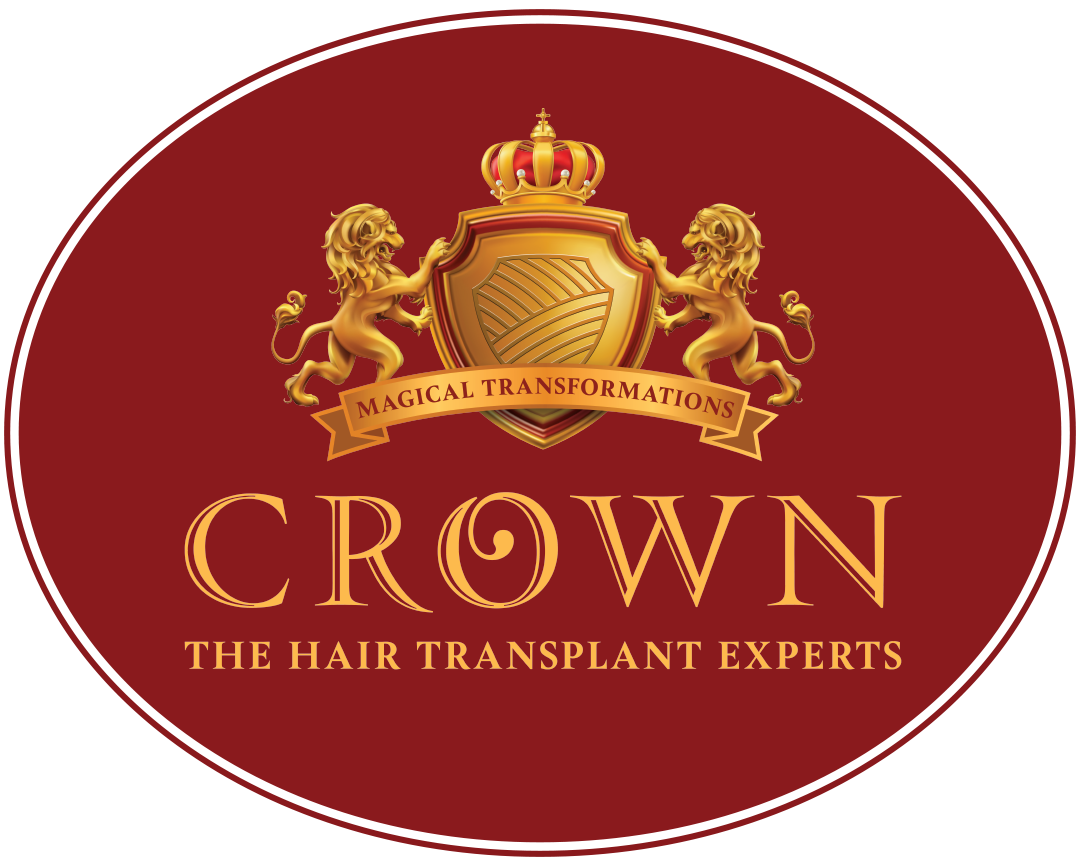In the majority of hair transplant procedures there are fortunately no complications. However there are a few side effects, risks and complications which can occur. For the purpose of putting these in perspective, we have divided them into two categories: those that occur occasionally and those that occur very rarely (most of those included here have not occurred in our several years of experience , but have occurred in other doctors practices or have been mentioned in the medical literature and are therefore included here for the sake of completeness).
Side Effects that Occur Occasionally:
Side Effects that Occur Uncommonly or Rarely:
